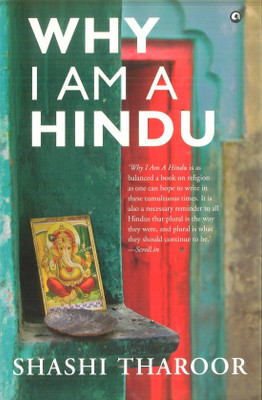
Hampi Vijayanagara (English, Paperback, Noyce Pendred)
Hampi Vijayanagara (English, Paperback, Noyce Pendred)
- Language: English
- Binding: Paperback
- Publisher: Jaico Publishing House
- Genre: Architecture
- ISBN: 9788184956023, 9788184956023
- Pages: 160
- Cash on Delivery available?
Journey into the high seat of one of the most celebrated empires of South India, into a world where the natural wonders of rock and stone combine with the long forgotten Hindu temples, left ravaged by the greed of one man as he pillaged the Indian subcontinent. Hampi Vijayanagara is a detailed account of the architectural wonders of the centre of Krishnadevaraya’s empire.
Summary of the Book
It was here that scholars flocked, seeking the appreciation they had heard about. It was here, that great Elephants were housed in their own stables, maintained like horses as they received utmost care. It was here, that gold ran like water as one of the most benevolent and the richest kings of South India reigned supreme. Hampi was the seat of the Vijayanagara empire, and it was here that Krishnadevaraya sat in court with his Ashtadiggajas, his eight Telugu poets. Here, odes were composed to the greatness of the Hindu gods, and here, great temples were cut into the precipice of river-locked hills, virtually inaccessible by land. Here, great boulders stand as if on tip-toe, daring gravity to do her worst. Here, an old temple stands, its columns sign the seven notes of music when tapped. A great statue of one of the avatars of Vishnu, the Lion-headed Narasimha, stands watching as visitors flock by the hundreds of thousands every year. A temple, shaped like a lotus, stands amidst dust-shrouded landscapes, which hide more architectural treasures, waiting to be discovered. And here, there stands a temple atop a hillock, where the great Prince Rama is supposed to have wept for his wife after she was kidnapped by the demon Ravana. Hampi is not only one of the most relevant South Indian tourist sites, but it is also purportedly the location where several chapters in the Ramayana unfolded, where Rama met those who would become his greatest allies: the vanaras. Perhaps that is why the monkeys still roam the landscape, as if hiding the secret mankind was once privy to: at Hampi, one will find the silent rocks left behind by Mahmud of Ghazni, rocks which bear no gold, few idols and no untouched temples. Here, there lies a world waiting to be discovered anew with every single visit. And in visiting it, one will find a wonder that can only be understood in the realm of dreams.
About John M. Fritz
John M. Fritz is an archaeologist and consulting scientist at the University of Pennsylvania Museum of Anthropology and Archaeology. He participated in the detailed study of Hampi throughout the 1980s, helping the Archaeological Survey of India (ASI) and the Karnataka Department of Archaeology and Museums (KDAM) piece together what had remained of centuries of abuse and erosion.
| Imprint |
|
| Publication Year |
|
| Width |
|
| Height |
|
| Length |
|
| Weight |
|
- 5★
- 4★
- 3★
- 2★
- 1★
- 29
- 9
- 2
- 0
- 0
Just wow!
Flipkart Customer
Certified Buyer, Pathanamthitta District
Feb, 2019
Excellent
Viplav Sahu
Certified Buyer, Lucknow
Dec, 2014
Just wow!
Krishnan c
Certified Buyer, Bengaluru
8 months ago
Super!
Pramod R
Certified Buyer, Ramanagara District
Jan, 2020
Fabulous!
Sreekumar S Nair
Certified Buyer, Navi Mumbai
Jun, 2017








